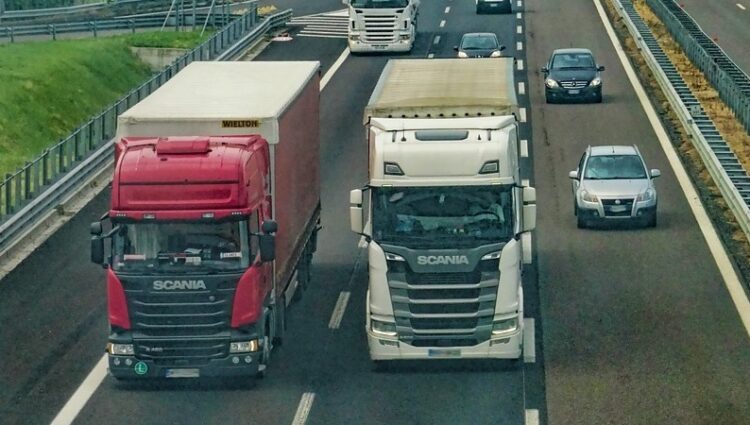In the realm of food transportation, food transportation companies can take several steps to reduce their carbon footprint. For example, freight forwarding companies can replenish their warehouses less frequently, transport using full truckloads, utilize a higher number of distribution centers, or modify modes of transportation that are used. Let us take a look at a few of the other steps that can be taken to lower carbon footprints.
Steps to Reduce Carbon Footprint
Upgrading Delivery Fleets
Companies can upgrade their delivery fleet to utilize greener options as well as replace older trucks to lower emission of harmful chemicals into the environment.
The use of hybrid refrigeration systems in trucks can substantially reduce fuel consumption and eliminate emissions to a greater extent. For example, these systems collect power generated by the power-train of the truck and store it. Afterwards, the stored energy is utilized for maintaining ambient temperature inside the truck’s cargo area according to the required specification, all throughout the route.
Packaging – Wood or Plastic Pallets
When both options are compared, it is quite clear that wooden pallets are a much more sustainable option compared to their counterparts. Studies reveal that when wooden pallets are used, it results in less solid waste, causing less greenhouse gas emissions which results in less total energy consumed. Thus, these pallets deliver environmental as well as economic benefits.
Packaging material can be designed in such a way that it is reusable, compostable, and recyclable. Similarly, if packaging material is re-engineered with the aim of reducing the weight of the package then it can save a considerable amount of raw material, reducing landfills and lowering the use of energy for storage and transportation.
Backhaul and Utilization
When calculating carbon footprint it is important to consider vehicle utilization that refers to how full any particular vehicle is and backhaul, which means whether the same vehicle is carrying a load during its return journey.
A vehicle that is completely full utilizes more fuel compared to an empty vehicle, but most of the energy utilization is used moving the vehicle during the trip and not on carrying the cargo. Thus, if the vehicle is underutilized then it is a waste of energy and the same is true when a vehicle returns empty.
Warehousing
Apart from the movement of goods and selections of suitable food truck refrigerators, logistics involves storage or warehousing of goods that are being transported. Warehousing can happen during any of the stages in the supply chain, for example, at a distributor’s warehouse by the producer, or in the stock room of the retailer.
Additionally, warehouses are used for additional purposes such as the repackaging of products into smaller quantities, carrying out product finishing tasks like customization of goods for the local marketplace, etc.
Thus, it becomes necessary for food shipping companies in Montreal to evaluate their carbon footprint in all these activities and take steps to reduce carbon emissions.
To conclude it can be said that food transportation is quite challenging due to different considerations such as sanitation, spoilage, freshness and seasonality. Thus, carbon emissions related to transportation involve different complexities that need to be looked into.
It is also necessary to take into consideration the trade-offs associated with energy costs related to transportation and its carbon footprint as well as carbon footprint with respect to energy costs associated with storage.





